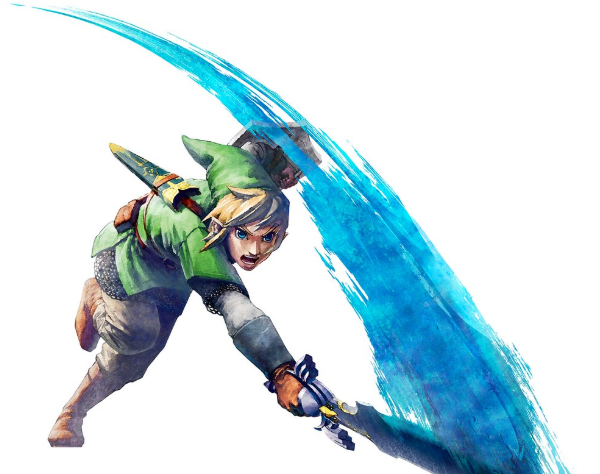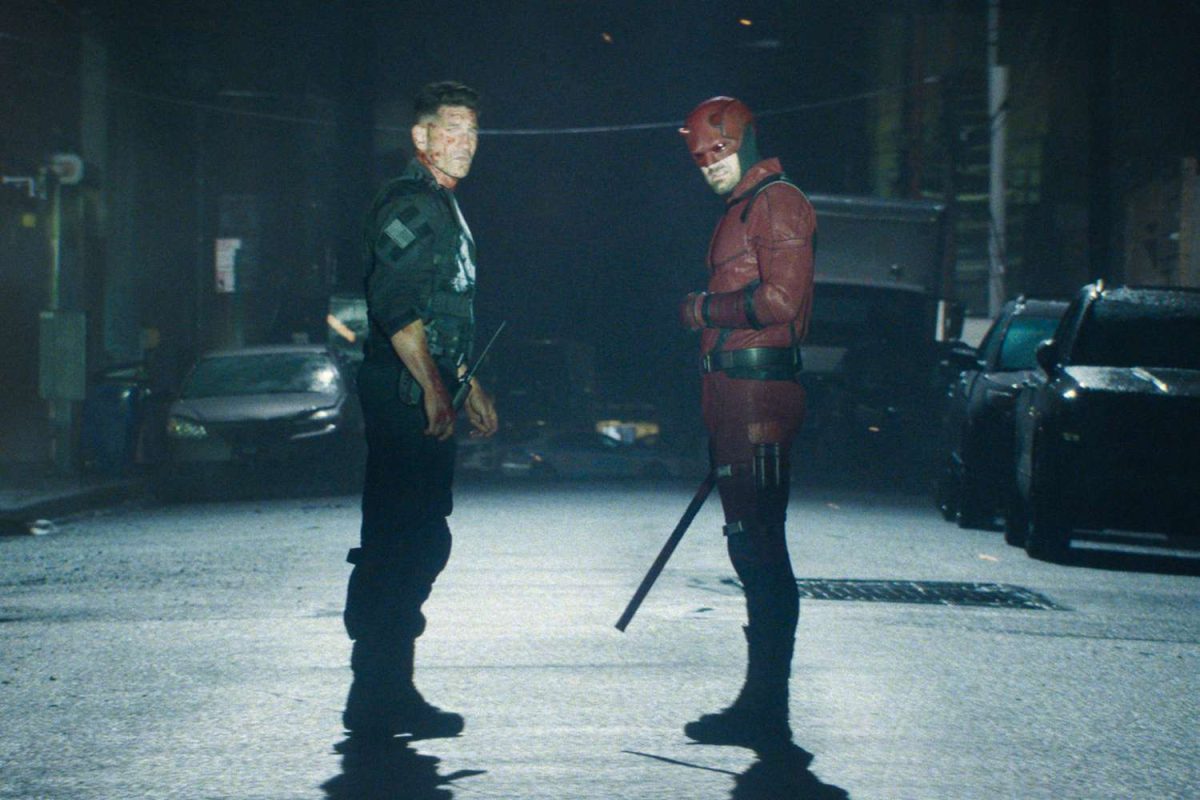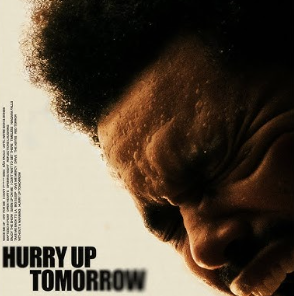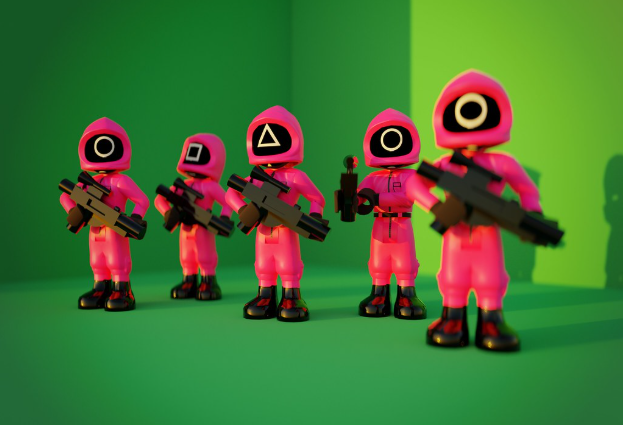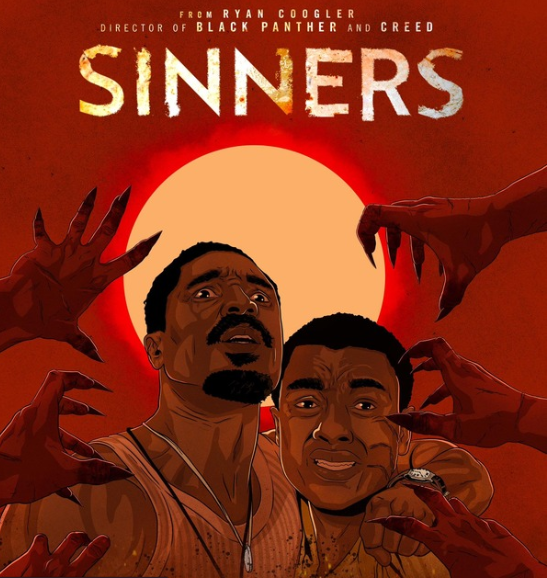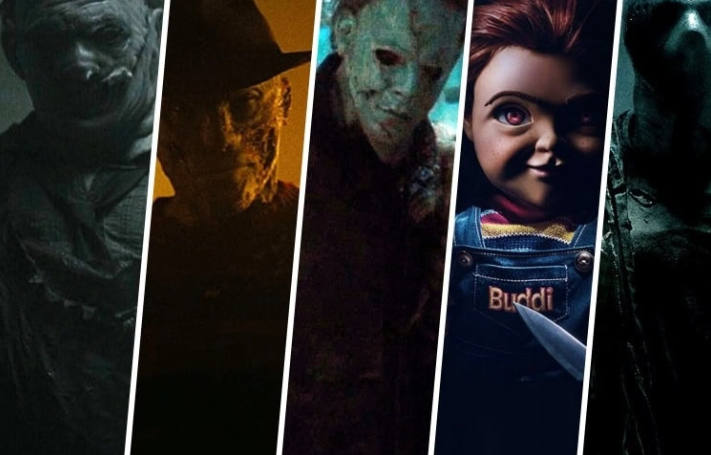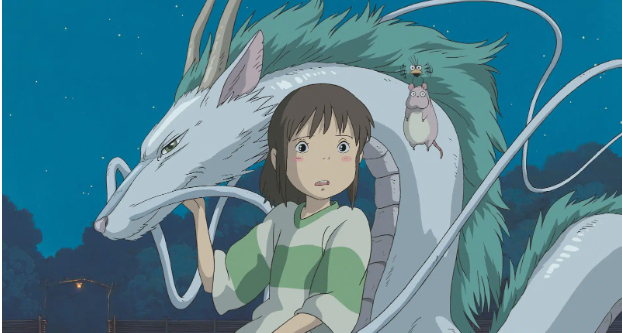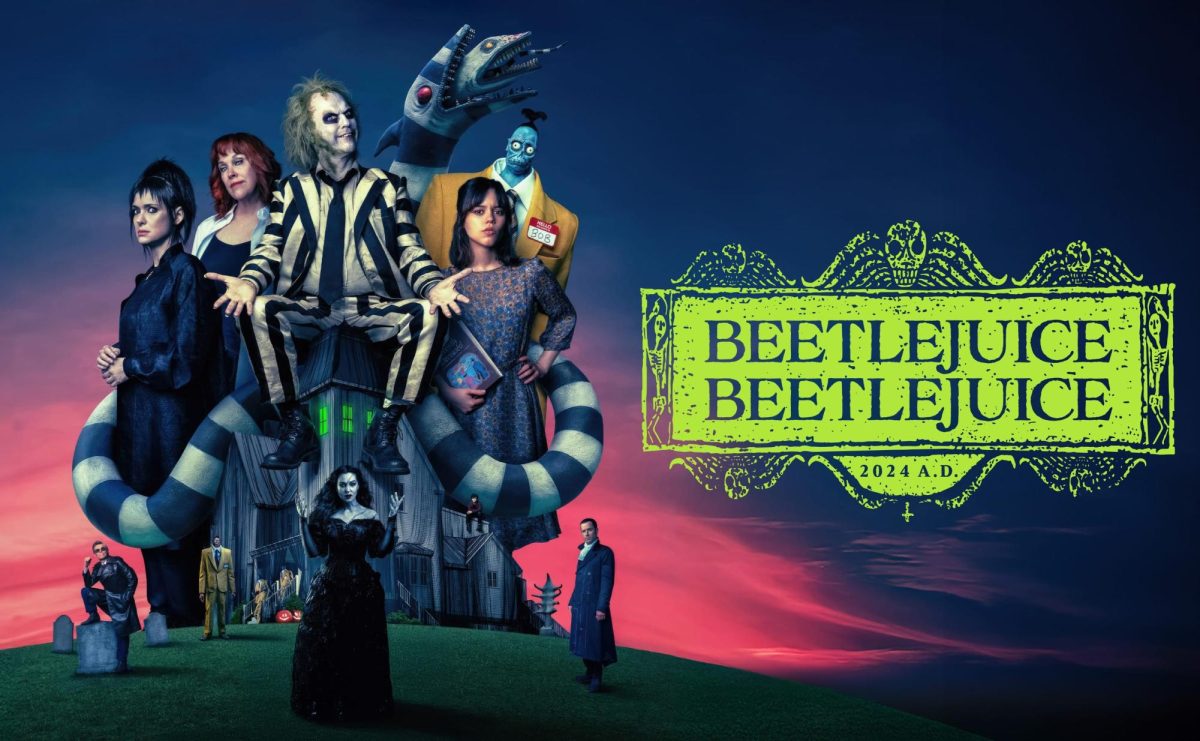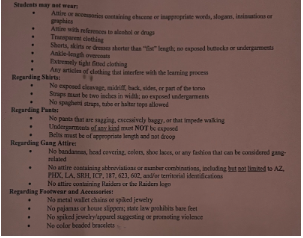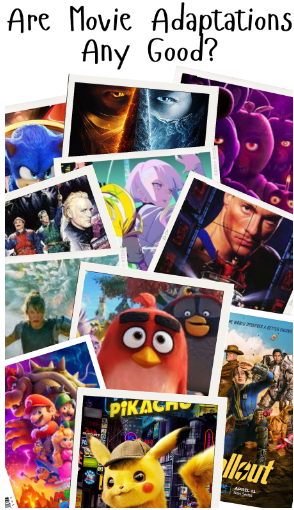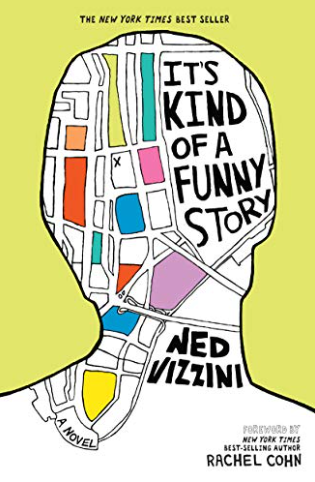Lack of motivation, insomnia, a funny appetite, constant breakdowns, struggling to get out of bed. Mood swings, consistent sadness, feelings, or thoughts of suicide. A plague of the mind: Depression.
Mental illness, more specifically depression and anxiety, runs rapidly through the teenage community. Many teens may feel unheard or invisible compared to their non-struggling peers.
Ned Vizzini’s It’s Kind of a Funny Story does a wonderful job of depicting the challenges of living with depression as a young adolescent.
The novel features 15-year-old Craig Gilner, starting his first year of high school in Brooklyn, NY. Already going through the motions of depression and anxiety, Gilner realizes it has become too much and makes a plan to take his life. With even more contemplation, Gilner changes his mind and decides to check himself into a mental hospital.
Attending his therapist appointment, Craig talks about his triggers and triumphs of the week, referring to his “evil tasks” that invade his life as “Tentacles” and things that make him “feel temporarily good” as his “anchors.” Designated, silly names for emotions or events could be good for individuals who struggle with mental health, allowing them to pinpoint the sources of their problems.
Discussing his Tentacles of the week, Craig mentions the work overload of his American History class, causing him to miss an extra credit opportunity. “…which meant other kids snapped up the extra credit, which meant I wasn’t going to get a 98 in the class, which meant I wasn’t anywhere close to a 98.6 average… which meant I wouldn’t get into a good College…” Here, Vizzini visualizes the concept of anxiety and its capability to cause an overthinking frenzy. When teens see similar portrayals of their thought process it can help them feel represented.
Along with the inseparable duo, Craig also encounters issues with his eating; a common symptom of depression. “It’s like a gnawing, the tug of a rope wrapped around the end of my esophagus. There’s a man down there and he wants food, but the only way he knows how to ask for food is to tug on the rope, and when he does, it closes up the entrance so I can’t put anything in.” The personification of irregular eating gives the reader a better insight on how depression can affect a person’s eating habit, and allows the audience to connect with the character(s).
Representation of mental health regarding teens is crucial, and Vizzini contributes tons of visibilities of those who are struggling. A definite recommendation for readers who enjoy funny, satirical perspectives that touch on significant subjects.




